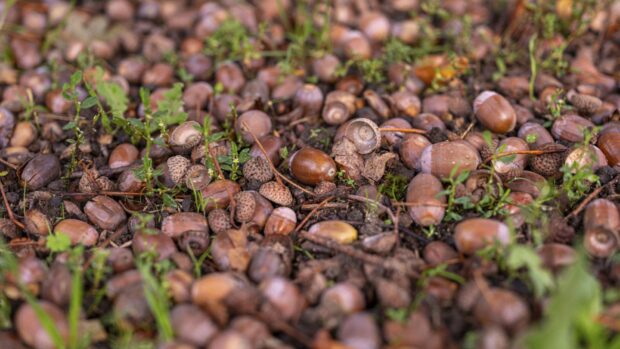It has not been an easy winter and you are certainly not the only horse owner who is now asking themselves: “how can I improve my horses’ grazing?” ahead of the summer months.
Here are some useful tips to help turn your paddocks from rutted mud pits into beautiful grassland:
1 Year-round maintenance is key when trying to improve your grazing: the more you look after your paddocks, the more you will get out of them. Don’t wait until they look like the Somme before you do anything. Keep an eye out for weeds and poisonous plants, which should be removed and disposed of immediately to prevent the reseeding, throughout the year.
2 Avoid overgrazing: easier said than done if you are running a yard full of horses. However, if the grass isn’t rested, it won’t be able to grow and any bare patches of soil will encourage weeds. If you feed horses outside, use different parts of the field so one area doesn’t get badly poached.
3 Harrowing or scarifying can improve grazing land: this is an excellent way to promote new grass growth for the spring and summer. It pulls out the dead matter and allows air to circulate into the soil’s surface. This creates the anaerobic conditions needed for the production of nitrates — the form of nitrogen most easily taken up by plants.
4 Rolling: If your paddocks have taken a hammering over the winter, rolling will be necessary. Timing is crucial, as you need the ground not too wet but not too dry. If you roll a field when it is too wet, the soil may be compacted, which restricts and slows grass growth. Too dry and nothing will happen.
5 Fertilising paddocks is important too: it is necessary to provide good conditions for the grass to grow. It is important to replace the nutrients lost through grazing, hay crops etc.
6 Reseeding: Spread grass seed on poor areas as they appear, or if your pasture needs a complete re-seed, do it in spring or early autumn. Gateways and fence lines are likely to need extra attention as they can become particularly poached. If it’s possible to have more than one gateway, this will enable you to split the high traffic points, giving the other gateway time to recover.
7 Maintaining grass height: Lush green grass may look healthy, but it is usually unsuitably high in nitrogen, or has grown rank and sour from droppings. Alternating horses with sheep will control the length of the grass and help prevent the paddock from becoming “horse-sick”. Alternatively keep grass topped to around 5cm during the summer by mechanical means.



